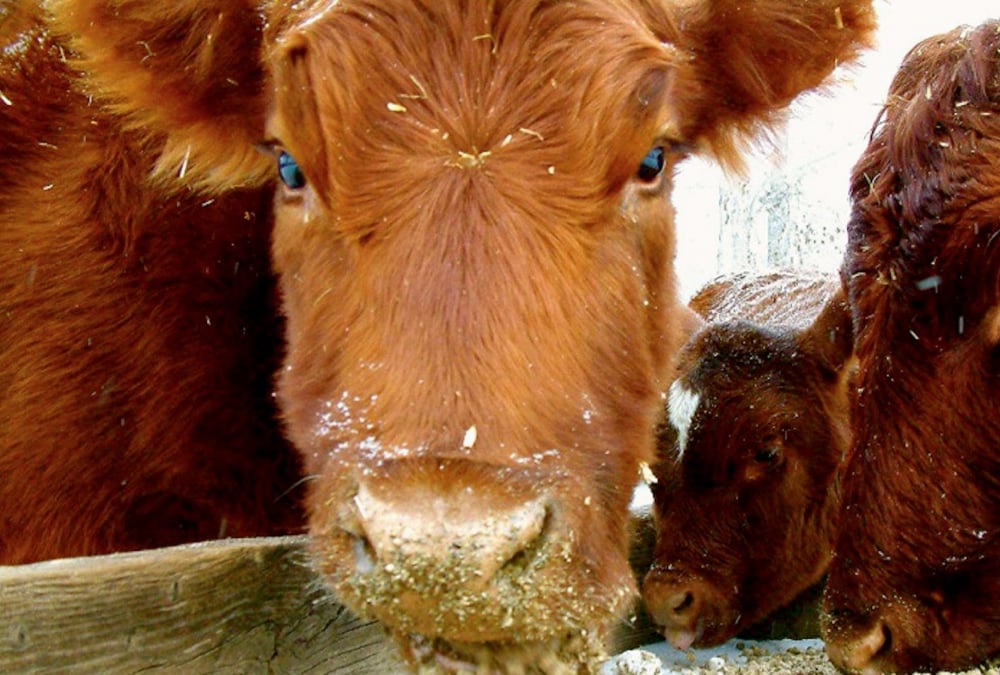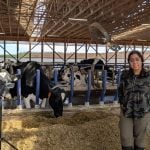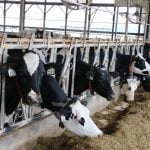The dynamics of the feeder market continue to change, and I feel this is better for the overall beef industry. The overall conclusion is that feedlot operators want to know more information about the feeder cattle and if the buyer cannot supply this information, discounts are noted on the purchase price because the risks are higher in regard to feeding margins and marketing potential.
The market is realizing regular discounts for unvaccinated or unweaned calves while most Canadian producers now age-verify and premise-ID in this modern era.
Read Also

U.S. livestock: Live cattle correct higher
Live cattle futures on the Chicago Mercantile Exchange were stronger on Monday, taking back some of Friday’s losses amid ideas…
The fed cattle market appears to be percolating higher into the final quarter of 2013 and packers are gearing up for the upcoming holiday season. Canadian feedlot operators were digesting news that Tyson would not buy Canadian cattle due to COOL, which has increased the financial risk on feeding cattle. On the flip side, the days of the dollar menu at fast-food chains are quickly coming to an end because companies cannot sell burgers based on beef prices from 2007 or earlier.
Volumes were seasonally high at most auction markets in Western Canada last week, which kept the markets under pressure. Steer calves averaging 526 pounds sold for $173/cwt in east-central Alberta. A mixed group of steers with no special feature weighing just over 700 pounds sold for $162 in southern Alberta. Angus-cross steers weighing 900 pounds were quoted at $145 just east of Edmonton.
Feedlot operators are warning buyers to focus on any type of quality-related discount and there is no leeway or forgiveness for the untrained eye in this extremely competitive market. Alberta packers were buying fed cattle in the range of $120 to $121.50/cwt while fed cattle in the U.S. Southern Plains continue to reach all time highs near U.S.$131/cwt.
The Canadian fed cattle market is uncertain for the spring period due to the change in Tyson buying policy. Therefore, Alberta feedlot operators are factoring in this risk when purchasing replacement cattle. It is important to note that Tyson and other major U.S. feedlots will continue to buy Canadian feeder cattle. Canadian feeder cattle exports to the U.S are nearly double that of a year ago and will further increase over the winter.
Balancing out all the factors from this last week, I expect the feeder market will continue ratchet higher into December. Vaccinated and fully weaned calves will continue to trade at a premium. I encourage producers to sharpen their pencil because I think there are opportunities to place calves in a professional backgrounding operation or finishing feedlot this year.
— Jerry Klassen is a commodity market analyst in Winnipeg and maintains an interest in the family feedlot in southern Alberta. He writes an in-depth biweekly commentary, Canadian Feedlot and Cattle Market Analysis, for feedlot operators in Canada. He can be reached by email at [email protected] for questions or comments.















